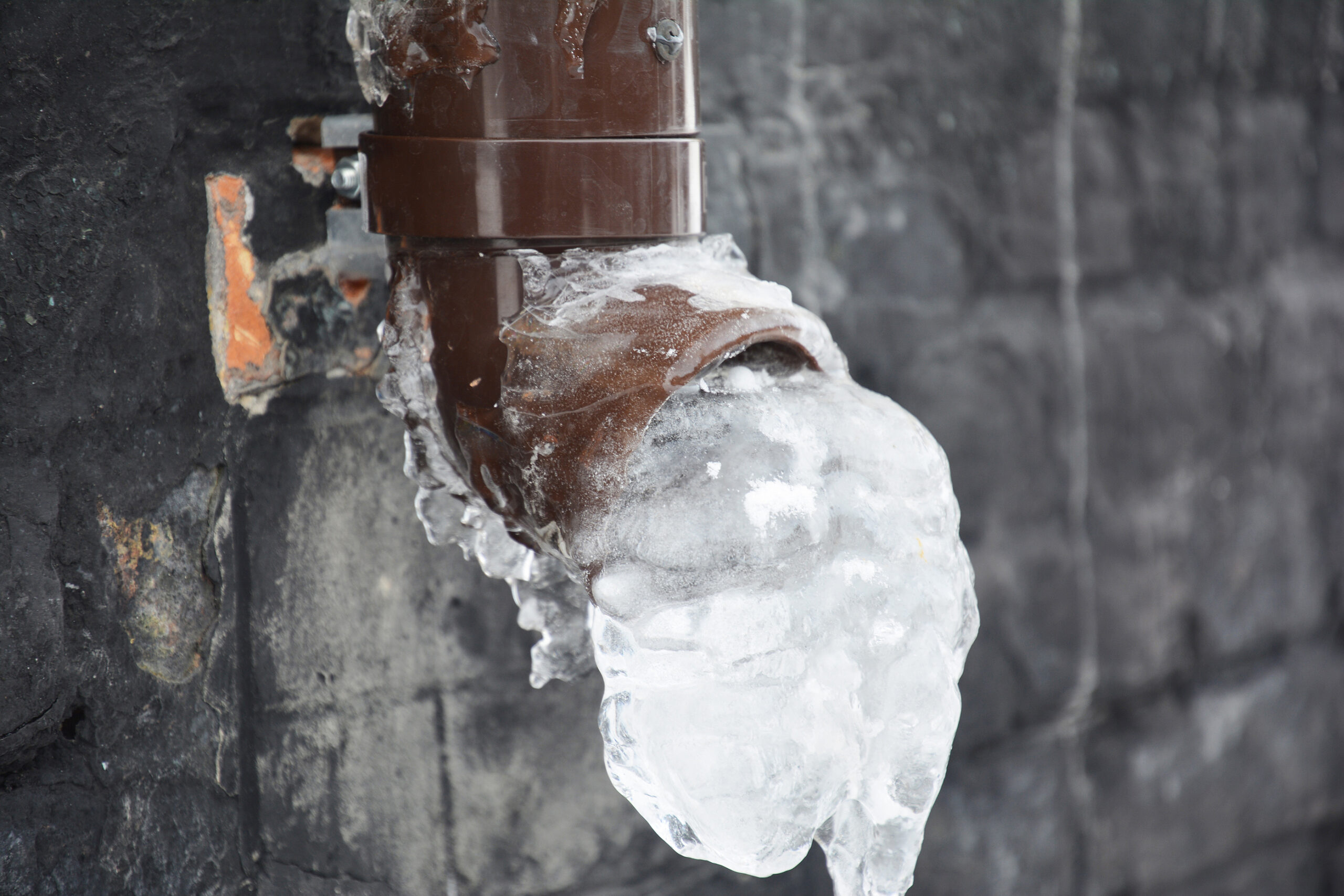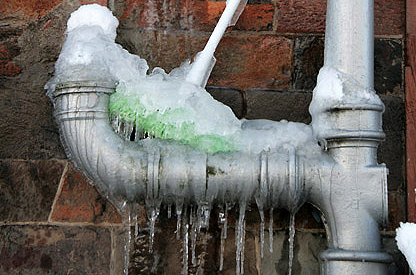Prevent Frozen Plumbing in Cold Weather: Professional Tips
Prevent Frozen Plumbing in Cold Weather: Professional Tips
Blog Article
What're your beliefs about 6 Ways to Prevent Frozen Pipes?

Winter can damage your pipes, specifically by freezing pipes. Here's just how to avoid it from taking place and what to do if it does.
Intro
As temperature levels decline, the risk of icy pipes increases, possibly bring about costly repairs and water damage. Understanding just how to prevent frozen pipes is critical for house owners in cool climates.
Prevention Tips
Shielding vulnerable pipelines
Cover pipelines in insulation sleeves or make use of warmth tape to secure them from freezing temperature levels. Focus on pipelines in unheated or external areas of the home.
Home heating methods
Maintain interior areas adequately heated up, specifically areas with plumbing. Open closet doors to allow warm air to distribute around pipelines under sinks.
Just how to determine frozen pipelines
Search for reduced water circulation from taps, unusual odors or sounds from pipes, and visible frost on exposed pipelines.
Long-Term Solutions
Architectural adjustments
Take into consideration rerouting pipes away from outside walls or unheated locations. Add additional insulation to attic rooms, cellars, and crawl spaces.
Updating insulation
Invest in top notch insulation for pipelines, attics, and walls. Correct insulation assists preserve regular temperature levels and reduces the threat of frozen pipelines.
Shielding Outdoor Plumbing
Garden tubes and outside taps
Detach and drain yard hoses prior to winter. Install frost-proof faucets or cover outside taps with protected caps.
Recognizing Frozen Pipelines
What creates pipelines to ice up?
Pipelines ice up when revealed to temperature levels listed below 32 ° F (0 ° C) for prolonged periods. As water inside the pipes ices up, it increases, putting pressure on the pipeline walls and potentially triggering them to burst.
Dangers and damages
Icy pipelines can bring about water disturbances, home damage, and costly repair work. Burst pipes can flooding homes and trigger extensive architectural damage.
Indicators of Frozen Pipeline
Recognizing frozen pipes early can prevent them from rupturing.
What to Do If Your Pipelines Freeze
Immediate actions to take
If you believe frozen pipelines, maintain taps available to relieve pressure as the ice melts. Utilize a hairdryer or towels taken in hot water to thaw pipelines gradually.
Final thought
Preventing icy pipelines requires proactive procedures and quick actions. By comprehending the causes, indicators, and preventive measures, property owners can shield their plumbing throughout cold weather.
6 Proven Ways to Prevent Frozen Pipes and Protect Your Home
Disconnect and Drain Garden Hoses
Before winter arrives, start by disconnecting your garden hoses and draining any remaining water. Close the shut-off valves that supply outdoor hose bibs and leave the outdoor faucet open to allow any residual water to drain. For extra protection, consider using faucet covers throughout the colder months. It’s also important to drain water from any sprinkler supply lines following the manufacturer’s directions.
Insulate Exposed Pipes
Insulating your pipes is an effective way to prevent freezing. Pipe insulation is readily available at home improvement stores and is relatively inexpensive. Pay close attention to pipes in unheated areas such as the attic, basement, crawl spaces, or garage. Apply foam insulation generously to create a buffer against the cold. You can also wrap your pipes in heat tape or thermostat-controlled heat cables for added warmth.
Seal Air Leaks
Inspect your home for any cracks or openings that could let in cold air. Seal any holes around the piping in interior or exterior walls, as well as the sill plates where your home rests on its foundation. Additionally, make sure to keep your garage door closed unless you’re entering or exiting. Leaving it open creates a significant air leak that can lead to frozen pipes.
Allow Warm Air Circulation
During cold snaps, it’s essential to allow warm air to circulate evenly throughout your home. Leave interior doors ajar to promote better airflow. Open kitchen and bathroom cabinets to help distribute heat consistently around the rooms. If you have small children or pets, be sure to remove any household chemicals or potentially harmful cleaners from open cabinets for safety.
Let Faucets Drip
A small trickle of water can make a big difference in preventing ice formation inside your pipes. When temperatures drop significantly, start a drip of water from all faucets served by exposed pipes. This continuous flow helps prevent the water from freezing. Additionally, running a few faucets slightly can relieve pressure inside the pipes, reducing the chances of a rupture if the water inside does freeze.
https://choateshvac.com/6-proven-ways-to-prevent-frozen-pipes-and-protect-your-home/

Hopefully you enjoyed our article about Winter Plumbing Precautions: Preventing Frozen Pipes. Thanks for taking the time to read our piece. Remember to take a moment to distribute this entry if you enjoyed reading it. Thank-you for going through it.
Call Today Report this page